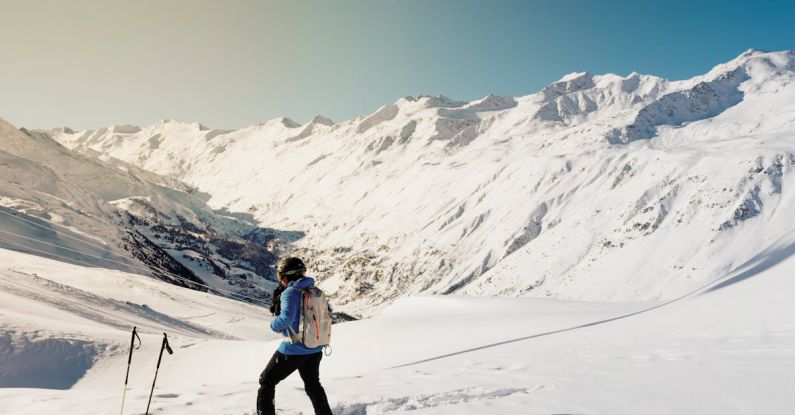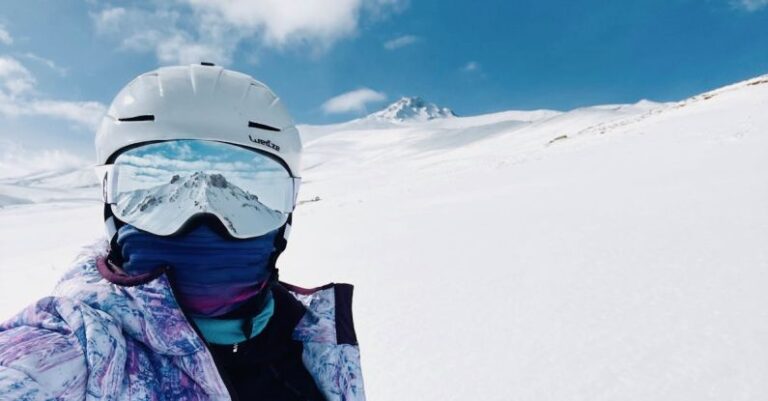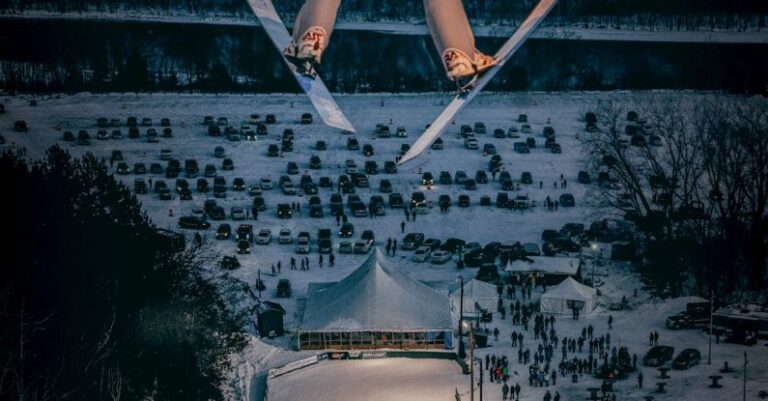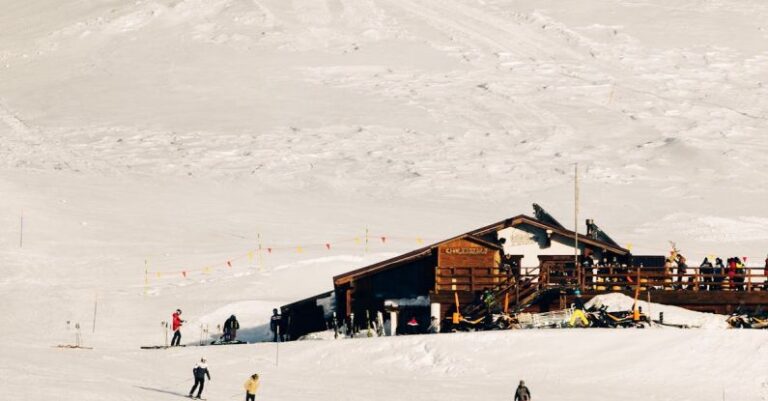
Caught in an avalanche is a nightmare scenario for any backcountry enthusiast. The clock starts ticking the moment someone is buried, and the chance of survival decreases rapidly with each passing minute. That is why knowing how to perform an avalanche rescue is crucial for anyone venturing into snowy, mountainous terrain.
Understanding Avalanche Basics
Before delving into the specifics of avalanche rescue, it is essential to comprehend the basics of these natural disasters. Avalanches occur when a slab of snow breaks loose from a mountainside and hurtles downhill. Factors such as slope angle, snowpack stability, and weather conditions all play a role in triggering avalanches. Being able to recognize avalanche terrain and practicing safe travel techniques can significantly reduce the risk of getting caught in one.
Carrying Essential Gear
One of the most critical aspects of avalanche rescue is being prepared with the right gear. Every member of a backcountry group should carry essential avalanche safety equipment, including a transceiver, probe, and shovel. A transceiver, also known as a beacon, is used to locate a buried person by emitting and receiving signals. A probe is necessary for pinpointing the exact location of the buried individual, while a shovel is essential for digging them out.
Reacting Quickly and Efficiently
In the event of an avalanche, time is of the essence. The first step in performing an avalanche rescue is to immediately stop and locate the last seen point of the buried person. This information is crucial for narrowing down the search area. Next, switch your transceiver to search mode and begin scanning the area for signals. Move methodically, following the flux lines to hone in on the strongest signal.
Once a signal is detected, use your probe to pinpoint the exact location of the buried person. Probe in a spiral pattern, starting from the strongest signal point, and be prepared to probe to the full depth of the snowpack. Once you have located the buried individual, start digging as quickly as possible. Remember that time is of the essence, and every minute counts in an avalanche rescue.
Working as a Team
Avalanche rescue is not a solo effort; it requires teamwork and coordination to be successful. If you are part of a backcountry group, designate roles and responsibilities before setting out. Assign one person as the leader who will oversee the rescue operation and make critical decisions. Divide tasks such as searching, probing, and digging among the group members to streamline the rescue process.
Communicating Effectively
Clear and concise communication is key during an avalanche rescue. Use pre-agreed upon signals and commands to coordinate your efforts efficiently. Keep verbal communication to a minimum to avoid confusion and maintain focus on the task at hand. Provide regular updates on progress and be prepared to adapt your strategy based on changing conditions.
Practice Makes Perfect
The best way to ensure you are prepared for an avalanche rescue is through practice. Regularly practice using your transceiver, probe, and shovel in a controlled environment to hone your skills. Participate in avalanche rescue training courses to learn the latest techniques and best practices. The more familiar you are with the rescue process, the more effective you will be in a real-life scenario.
Staying Safe in the Backcountry
Avalanche rescue is a critical skill for anyone exploring the backcountry in winter. By understanding avalanche basics, carrying essential gear, reacting quickly and efficiently, working as a team, communicating effectively, and practicing regularly, you can increase your chances of successfully performing an avalanche rescue. Remember, the best rescue is the one that never has to happen. Always prioritize safety and proper decision-making to avoid getting caught in an avalanche in the first place.





